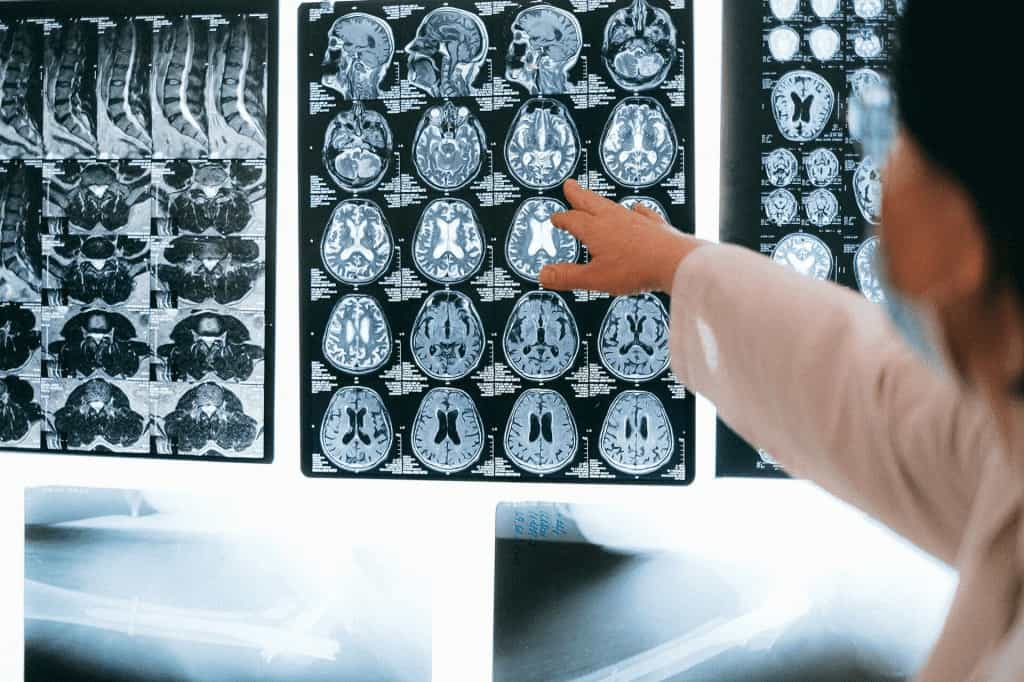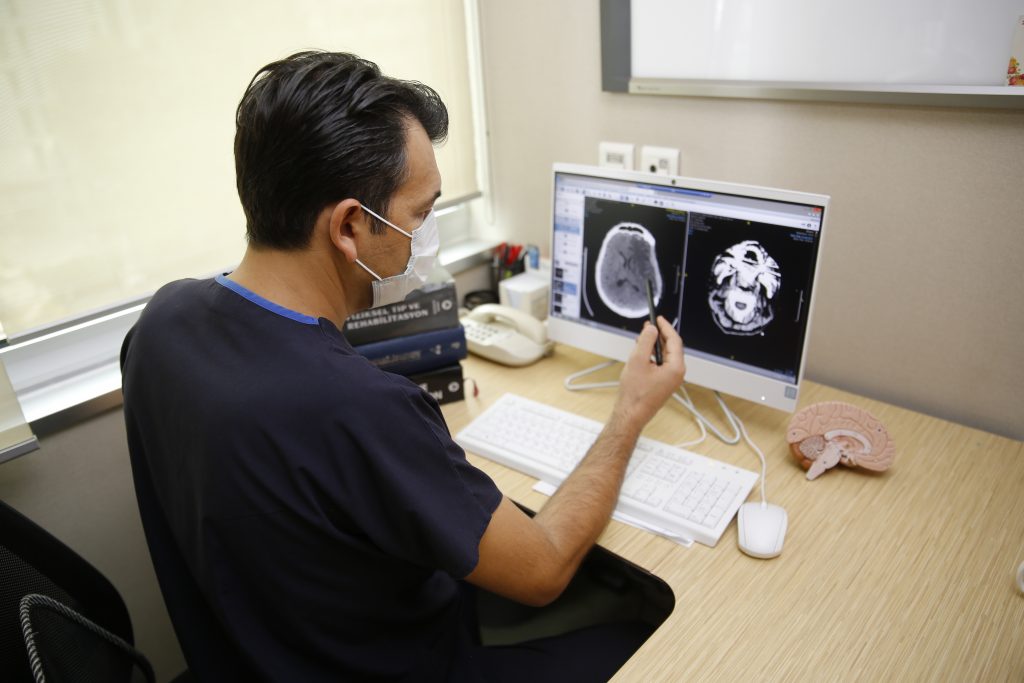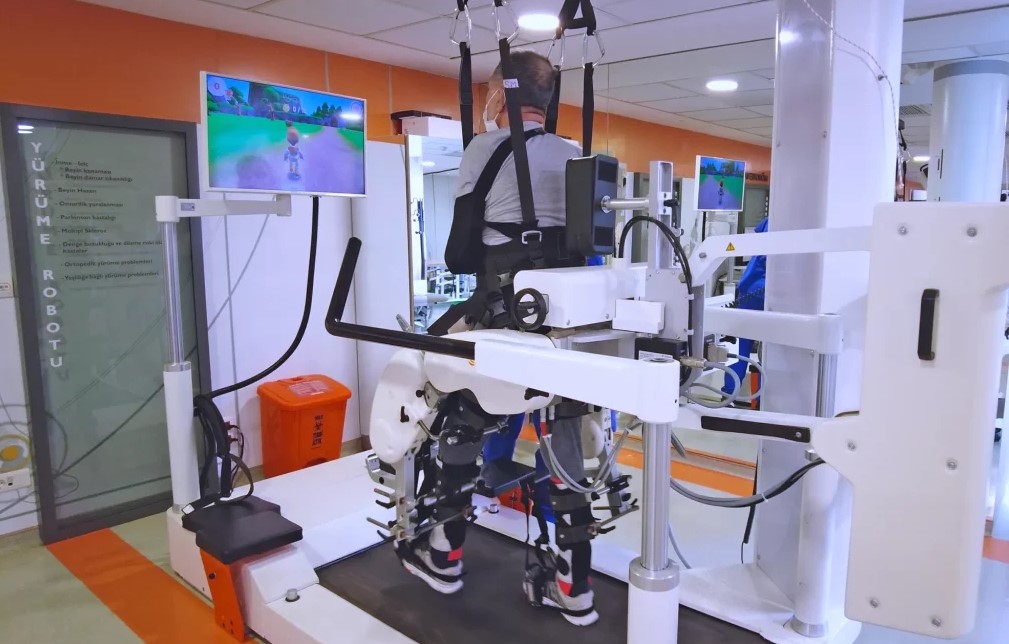Brain Tumour
What is Brain Tumor?
If benign tumors are small and do not display expansion are only monitored. But if they have the risk of increasing the pressure, causing brain edema or brain hernia they can be operated on. An operation can cause full recovery for the benign tumor. But in the tumor that has become cancerous, there is a possibility of expanding to the other tissues or the other parts of the body.

Risk Factors for Brain Tumor
- Family past: All cancers are %5-10 genetic. People who have more than one family member with a brain tumor can consult a doctor.
- Age: The observation frequency of most brain tumors increases with the age.
- Race: It is observed more frequently in the white race than in the black race.
- Being exposed to chemicals
- Being exposed to radiation
Brain Tumor Symptoms
Symptoms differ in accordance with the location and the size of the tumor. While some tumors cause direct brain damage others cause a problem through the mass’ effect that increases the pressure on the brain tissue.
Symptoms observed frequently:
- Headache: Headache caused by brain damage is most severe in the mornings. It can arise while sleeping; It can get worse while coughing, sneezing, or during exercises.
- Vomiting,
- Blurry vision, diplopia(double vision),
- Blurry consciousness,
- Seizure,
- Weakness at one half of the face, arm, or leg, numbness,
- Change in the cognitive function
Besides, various complaints and symptoms like memory loss, difficulty in writing or reading, changes in hearing, smelling, tasting senses, swallowing problems, dizziness, shaking hands, imbalances, difficulty walking, personality changes, deterioration in bladder or intestine control, constraint in the eye movement, asymmetry in pupils.
Brain Tumor Diagnosis

Diagnosis is made through the inspection of the complaints, physical inspection, laboratory investigation, and screening methods. Brain CT and cranial MR are the main techniques for showing intracranial masses.

Brain Tumor Treatment
The type of the tumor, size, location and general medical condition of the person designates the treatment methodology.
The treatment generally involves an operation. The aim is to take out the entirety or the part of the tumor without harming the healthy brain tissue. In this sense, the location of the tumor designates how much of an intervention can be done. Secondary brain tumors are treated through the treatment guideline of the cancers they originated from. The operation can be used in combination with radiotherapy and chemotherapy.
Physiotherapy and rehabilitation are required to overcome the functional disabilities that the person faces after the operation.
Our Treatments
Contact us
Let Us Call You
You can easily reach us by filling out the contact form. Our team will call you shortly to inform you.

